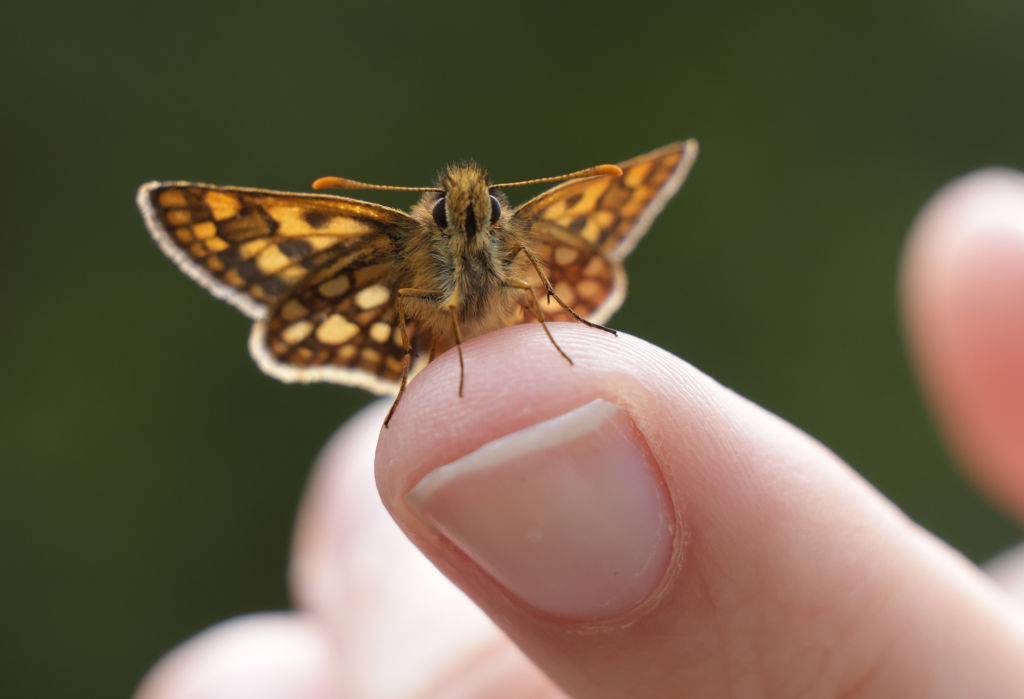Butterfly-Inspired Imaging Sensor Reveals Hidden UV Spectrum, Distinguishes Cancer Cells with 99% Confidence Level
Scientists at the University of Illinois Urbana-Champaign have developed an innovative imaging sensor that allows us to perceive the ultraviolet (UV) spectrum, a realm hidden from human eyes. Taking inspiration from the Papilio xuthus butterfly, known for its UV perception abilities, the researchers have created a sensor using stacked photodiodes and perovskite nanocrystals (PNCs). This imaging technology has demonstrated impressive potential in distinguishing between cancer cells and normal cells with a confidence level of 99%, utilizing the spectral signatures of vital biomedical markers.
The concept of the sensor was sparked the remarkable UV perception of butterflies, which possess compound eyes with six or more classes of photoreceptors. Unlike humans, whose vision is based on trichromatic principles, butterflies can discern various regions within the UV spectrum, allowing them to detect nuances imperceptible to humans. To replicate this UV detection ability, the researchers integrated a thin layer of perovskite nanocrystals (PNCs) with silicon photodiodes, resulting in heightened sensitivity to UV wavelengths compared to conventional silicon detectors.
When UV photons interact with the PNC layer, they emit visible light in the green spectrum, which is captured the layered silicon photodiodes. By processing these signals, a comprehensive map of UV signatures is generated, enabling precise identification. This groundbreaking technology not only enables the differentiation of cancerous and healthy cells but also opens avenues for studying other species with UV vision, such as marine organisms. Additionally, the sensor can be deployed underwater to enhance understanding of aquatic environments.
“This new imaging technology is enabling us to differentiate cancerous versus healthy cells and is opening up new and exciting applications beyond just health,” said bioengineering professor Shuming Nie.
Published in the journal Science Advances, the findings of this research have the potential to revolutionize medical applications and provide insights into various aspects of butterfly behavior and other species’ vision capabilities.
(© 2023 TECHTIMES.com All rights reserved. Do not reproduce without permission.)

